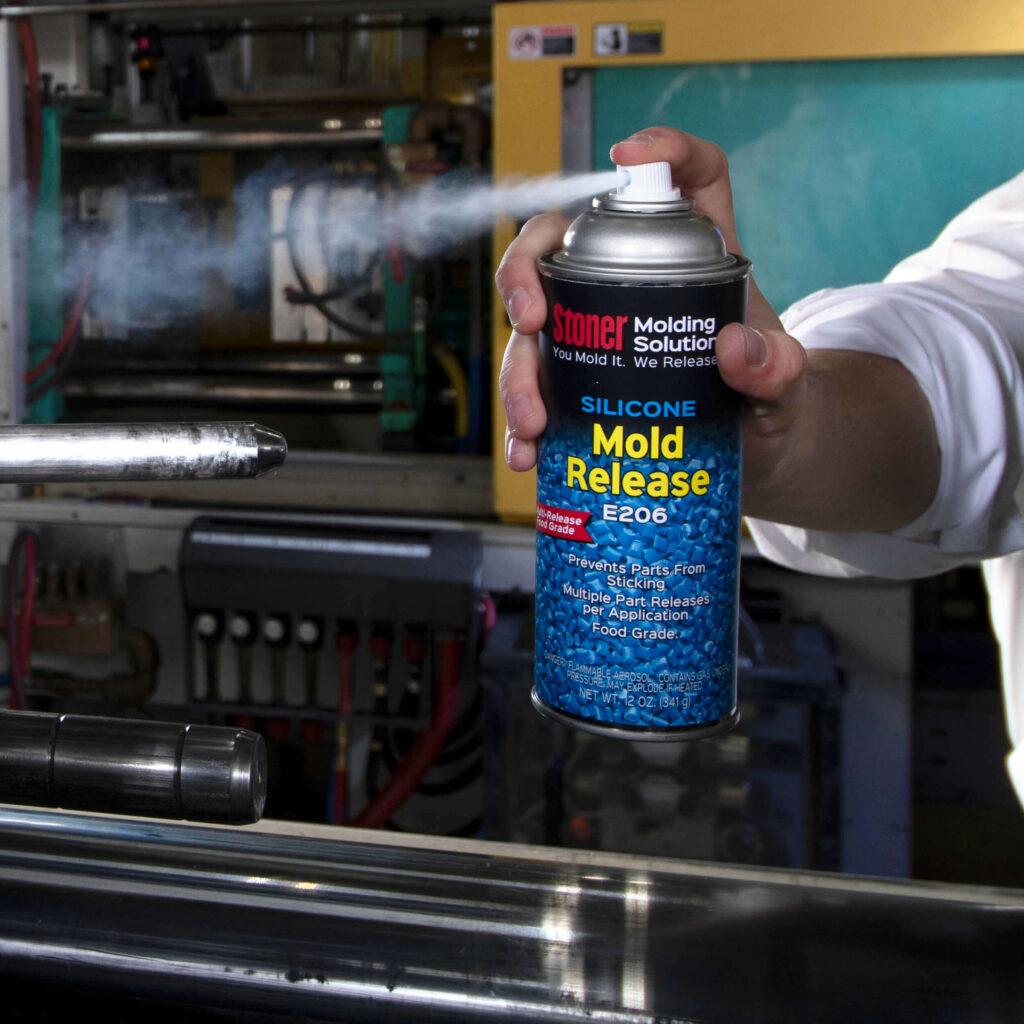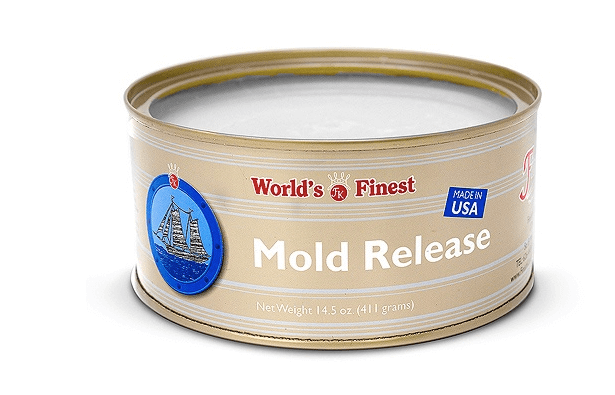What Is Mold Release Agent?
Release agents that are used on the mold or surface to prevent additional substances from sticking to the mold or container. This product can resolve many kinds of processing issues, including plastic release, mold release, adhesive release, tire and web release, and die-cast release. Additionally, agents like these are often employed in a range of industries, such as plastics, paper, rubber, etc., to remove adhesion between surfaces.
Using mold release agents is useful when working with products shaped and constructed in molds. Damaged or even broken mold may occur if you do not use a releasing agent. Molds are not photosynthetic, which means they do not act in the same way as plants. Some molds, however, produce hydrogen peroxide as a means of breaking down the organic substance on which they thrive. Some of the hydrogen peroxides will break down to generate oxygen, so the mold releases oxygen in that sense. However, since hydrogen peroxide is produced from ambient oxygen, the whole process indicates net oxygen consumption rather than creation.
Slowing the emergence of surface energy on the developing surface Reactive release agents are the only ones that introduce a boundary layer with the purpose of dissolving it. To diminish surface energy, you must lessen the neutrality of the compounds in the working material, ensuring that there is no attractive force between the release agent and the surface, and thus, no surface tension. To get surface tension values for solids, researchers do an indirect measurement, To expand on the concept, measurements are taken in relation to surface tension and surface wetting properties to quantify the surface area between the area and a liquid. In the context of liquid-solid interactions, the contact angle, which is called the arch of projection, is established as the contact angle in relation to the liquid in question.
Mold release agents are often sold in diverse textures, with the most generally utilized one being an oil-based agent. Before trying out a releasing agent for the first time, think of it as you’re doing the same thing you would release a final baked result by adding oil or butter in the bottom of a dish. Various mold agents have various functions and uses, with one of the best examples being; wax-based mold agents, semi-permanent polymer systems, and Polyvinyl alcohol.
What is Mold Release Wax
Mold release wax is a product that is used to prevent mold from growing on the surface of your finished wood products. It is also called as mold release agent or mold release compound. The main purpose of using this product is to make sure that you can use your wood products for longer time without having any problem with mold growth.
The most common types of mold release wax are:
Wood wax – This type of mold release wax is made up of natural oils and other chemicals which help in preventing mold growth. These types of waxes are available in liquid form only.
Synthetic wax – This type of wax is made by mixing different chemical compounds together. They are available in both liquid and solid forms.
Major Difference Between Mold Release Agent and Mold Release Wax
1) Mold release agent is applied on the surface of the wood before it gets dried while mold release wax is applied after the wood has been dried.
2) Mold release agent is usually applied on the surface of wood products like furniture, flooring, etc. While mold release wax is mostly used for making wooden toys.
3) Mold release agent is not permanent and will wear off over time. On the other hand, mold release wax is permanent and does not wear off easily.
4) Mold release agent is mainly used for indoor purposes while mold release wax is used for outdoor purposes.
5) Mold release agent is very expensive than mold release wax.
6) Mold release agent is water-based and requires heat to dry out completely. On the other hand mold release, wax is oil-based and dries quickly when exposed to air.
7) Mold release agent is sticky and hard to apply whereas mold release wax is soft and easy to apply.
8) Mold release agent is more effective at higher temperatures. Whereas mold release wax works well even at a lower temperature
9) Mold release agent is very difficult to remove from the surface of the wood. In contrast, mold release wax is easy to remove from the surface.
10) Mold release agent is available in liquid form only whereas mold release wax is available in both liquid and powder forms.
11) Mold release agent is generally safe to use around children. However, mold release wax should be avoided if you have kids around.
12) Mold release agent is toxic to humans. On the other hand, mold release wax is non-toxic to humans.
13) Mold release agent is highly flammable and can cause fire. On the other hand molds release wax is non-flammable and cannot cause fire.
14) Mold release agent is an organic material and can cause allergic reactions in sensitive individuals. On the other hand mould release wax is synthetic and is non-allergenic.
15) Mold release agent is made up of harmful chemicals such aspetroleum based solvents. On the other hand the mold release wax is made of vegetable oils and other natural ingredients.
16) Mold release agent is a hazardous substance and needs special handling. On the other hand there is no hazard associated with mold release wax.
17) Mold release agent is dangerous to handle and dispose of properly. On the other hand you do not need to worry about moldrelease wax.
18) Mold release agent is extremely messy and difficult to clean up. On the other hand it is quite simple to clean up any spillage of mold release wax.
19) Mold release agent is difficult to find in stores. On the other hand one can get mold release wax easily from online retailers.
20) Mold release agent is too expensive compared to mold release wax.



